Head lice are tiny insects that live in hair. They lay eggs along the hair shaft, known as “nits”, although most parents use this term for both the insects and the eggs. Adult head lice are very small: about 3mm long, or the size of a sesame seed. Nits are even smaller and look a bit like dandruff, except that they tend to stick to the hair. It takes about seven to 10 days for an egg to hatch, and adult lice can live on the scalp for about 30 days. They survive by sucking tiny amounts of blood from the scalp. During their lifespans, female lice can lay up to 150 eggs.
Head lice and nits are usually completely harmless, but if left unchecked, an infestation can last for a long time and be very irritating for your child. Fortunately, there are several treatment options available Head lice are very common, especially in children between the ages of four and 11. Younger children can easily catch them from playing with older siblings, or from nursery or preschool. They’re not a sign of poor hygiene, and are found just as often in clean hair. Head lice can’t jump, fly, or swim. They need close, head-to-head contact to be able to crawl from one head to another. That’s why they’re most common among children who work and play together quite closely at school.
Sharing hats, combs or pillows is very unlikely to spread head lice, so there’s no need to wash and sterilise these. And head lice can only be transmitted from human to human, so there’s no risk from household pets. Head lice can affect anyone, including adults. But your child may be more likely to get head lice if:
she’s a girl – evidence suggests that head lice are more common in girls than boys
she has long hair
she has brothers or sisters
However, the most important factor is whether or not your child comes into close contact with other children who have nits. If so, there may be little you can do to prevent your child getting them, though there are plenty of ways to treat them Unfortunately, there’s no quick fix for getting rid of your child’s head lice. The most effective ways are wet combing, or using chemical treatments. Before treating your child, check everyone in your house for lice using the wet combing technique described above. Treat anyone who’s affected on the same day, to reduce the risk of re-infestation.
Wet-combing
This simple method is the same as wet-combing your child’s hair to check for head lice. Repeat the numbered steps above every few days for two weeks. If you’re still finding live lice in your child’s hair after this time, talk to your pharmacist, who may be able to recommend a different treatment. Wet-combing can be more time-consuming than using chemical treatments. However, it’s a lot cheaper, and may be a good option if your child has sensitive skin. It’s also entirely safe even if you’re pregnant or breastfeeding.
Chemical treatments
There are lots of different head lice treatments (insecticides) available for children. If you’ve found lice or nits in your child’s hair, ask your pharmacist which is the best option for you. Head lice in the UK are becoming resistant to some chemical treatments which contain permethrin. It’s particularly important to check with your pharmacist if you’re pregnant or breastfeeding, or if your little one’s under two years old or suffers from asthma or skin conditions, as some treatments may not be suitable for you. How you apply a chemical treatment varies slightly between brands, but it usually involves at least two applications, one week apart. Ask your pharmacist for tips on how to apply it, as each type of treatment has different instructions.
You’ll need to leave the chemical on your child’s hair for anything between 10 minutes and 12 hours for each application, depending on the instructions. Then rinse out and wet-comb her hair in sections with a fine-toothed comb, to remove any dead lice. These treatments should kill any live lice, but they don’t necessarily destroy all the eggs, which is why a second application is usually recommended. You should also check for lice a few days after completing the treatment, and again a few days after that, to make sure that it’s worked. There’s no need to worry if you find any eggs at this stage. But if you find any live lice, you’ll need to treat your child again. Your pharmacist will be able to help you decide whether to try the same treatment again, or go for something else.
Avoid chemical treatments that claim to help prevent your child from catching nits in the first place (repellents), and don’t use head lice treatments unless you’re sure your child has live lice in her hair. There’s no evidence that these can help prevent your child catching head lice, and using them too often could be dangerous for your little one.
Other methods
Electronic combs. These are battery-powered fine-toothed combs, which electrocute lice. But they’re not recommended because they’re expensive, and can pose a safety risk to your child. Natural methods. You can buy shampoos and lotions containing essential oils, such as tea tree, eucalyptus or lavender, but there’s no evidence that they work.
Original article: https://www.babycentre.co.uk/a25007711/nits-and-head-lice-in-children-ages-one-to-five



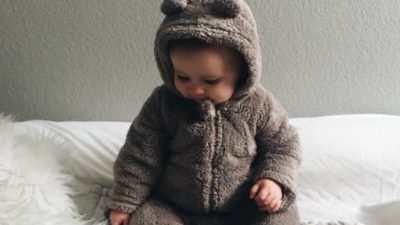

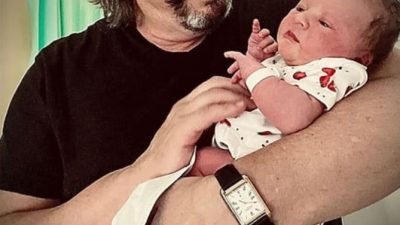



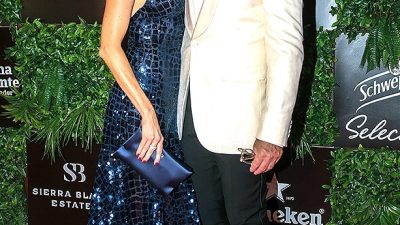
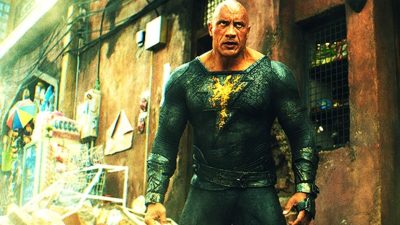
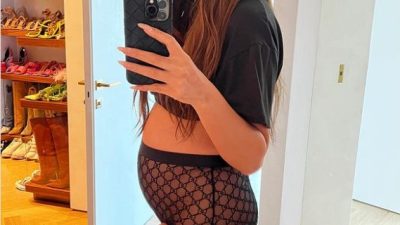
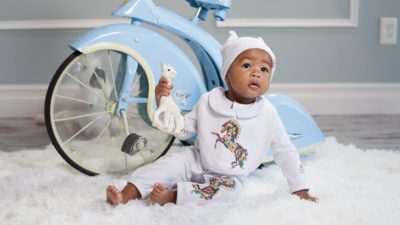


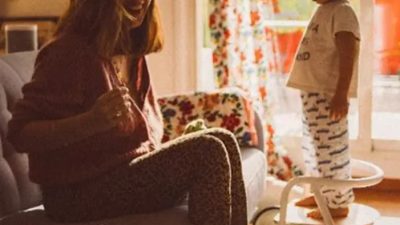









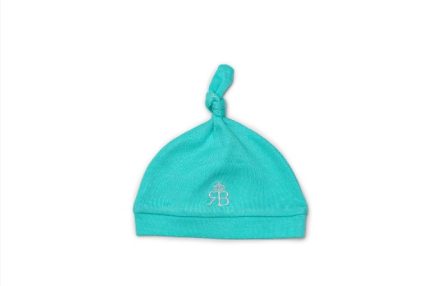
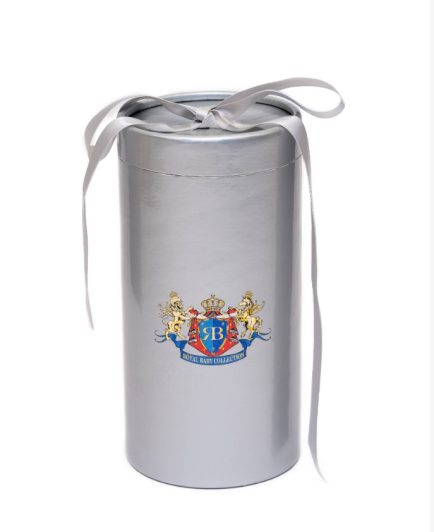

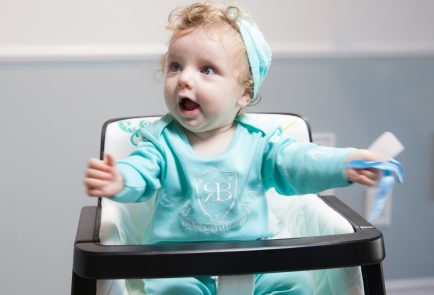

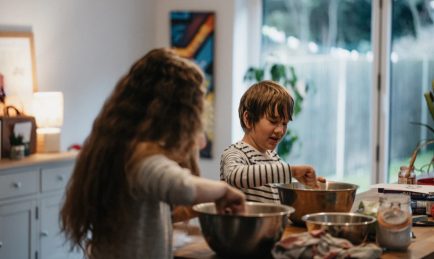
Comments